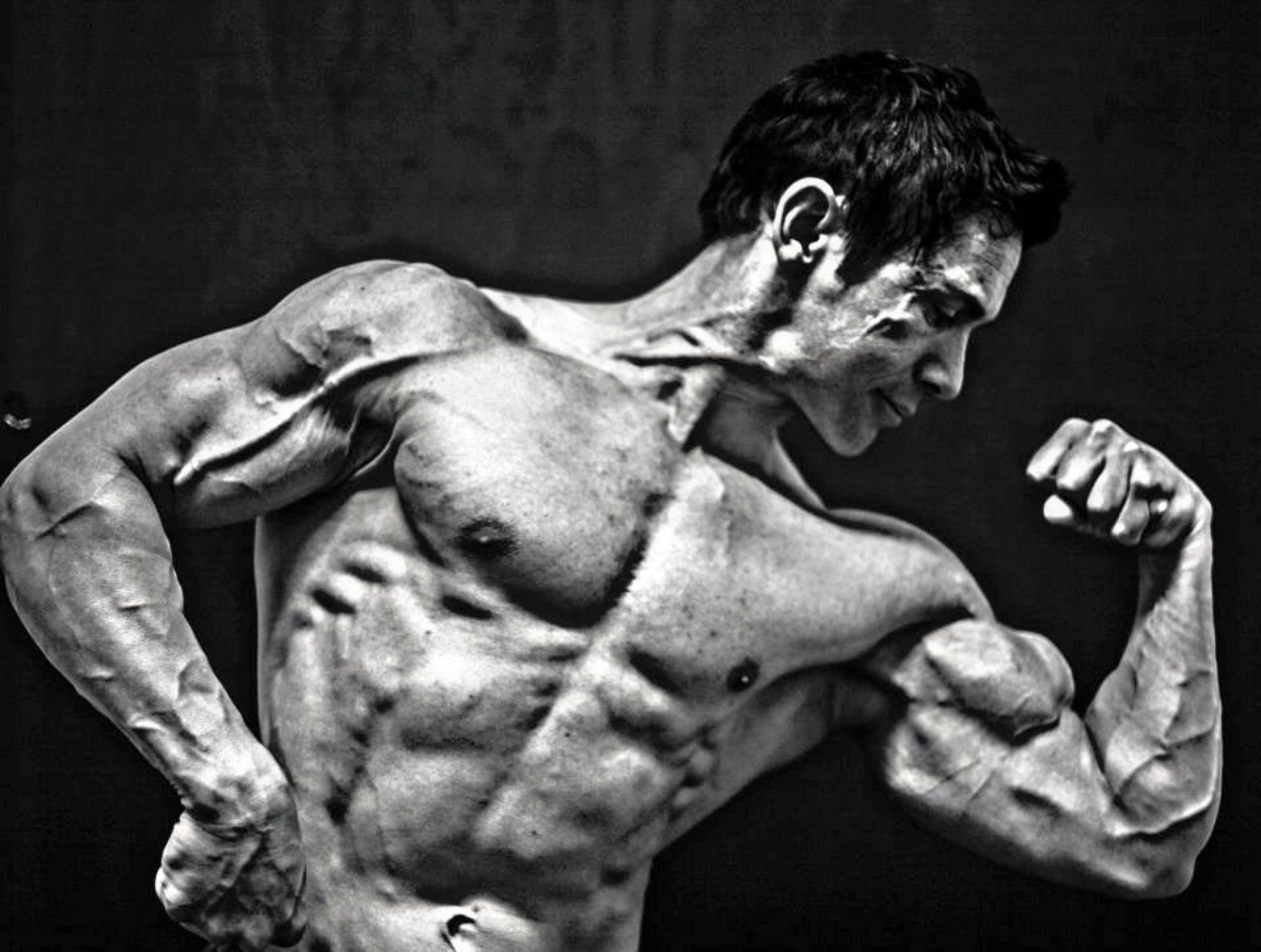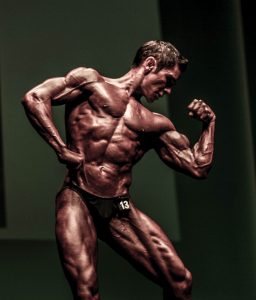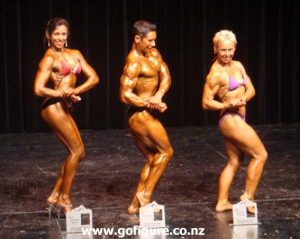I thought I would take the benefits of water a step further and explain how I personally use water for health, training and bodybuilding competition.
My usual water intake can range from 2-4 litres most days and I know if I drink any less I feel sluggish, think less clearly and fatigue easier both in and out of the gym. I start off each day with 1-2 glasses of water and half a lemon. This helps my body to optimise the detoxification process and lose body fat. I have also found that it helps with unblocking my nose during hay fever season.
My water intake before and during training is vital in terms of getting a good workout. Before training (about ½ an hour) I will drink 2-4 glasses of water with a nitric oxide supplement. This ensures that I will get an awesome pump and be in the zone to train. During the workout I will drink steadily between sets and get through at least one litre of water (definitely more in summer). This strategy means I maintain the pump and my energy levels throughout the whole workout. The great Steve Reeves (the original Hercules) used a concoction of water, lemon and honey when he trained and I have found it to be useful on occasion too. I feel water is just as important as protein, creatine and other bodybuilding supplements in helping me achieve my training and physique goals.
I then make sure that I continue to drink water regularly throughout the rest of the day. Water needs to be consumed regularly as all food and supplements are delivered to your muscles in an aqueous solution. So remember if you are not properly hydrated you will not get the full benefit of your food and supplements.
Water is often seen as the enemy to bodybuilding competitors trying to get as shredded as possible onstage. My experience over the last 10 years is that the times I have tried to restrict water it was because I wasn’t in decent shape in the first place. Restricting water intake always made me look smoother, flatter and I felt terrible! How many times have you heard a competitor say I was holding too much water when in actual fact they were just not lean enough? (Some bodybuilders can have hardly any water 2 to 4 days before a show-sometimes even longer which I feel is a very unhealthy practise!) Natural athletes need to maintain their water intake as much as possible leading up to a show- remember your body is around 55%-75% water, so if you are dehydrated your muscles will be flat, you will be tired and you will not look your best.
The Monday before a show I will increase my water intake slightly to around 4-5 litres and maintain that all the way to Thursday. On Friday the day before a show I will drop my water intake to around 2-3 litres and on the day of the show I will sip water whenever I feel I need to. This strategy has always worked for me and it works because the body thinks it will continue to be supplied with a plentiful amount of water so it only holds onto the bare minimum. If you have been limiting water over several days which appears to be common practice for a lot of bodybuilders then your body tries to rebalance very quickly(about 1-2 days) by holding onto water so that normal body functions can still take place properly. Also everyday detoxification is compromised and this can also contribute to water retention on the day of the show. It will also mean you have difficulty getting a decent pump backstage and will be more prone to cramping up when posing.
Straight after the show I have 1-2 litres to replenish the water lost during the pump up backstage and posing under the lights.
Obviously being as lean as possible and looking your best for competition is a difficult feat to accomplish and requires a lot of knowledge, hard work and dedication but if you can see that water is your friend in the pursuit of looking your very best then try some of the ideas here, fine tune them for you and look forward to better health, energy and success onstage!


